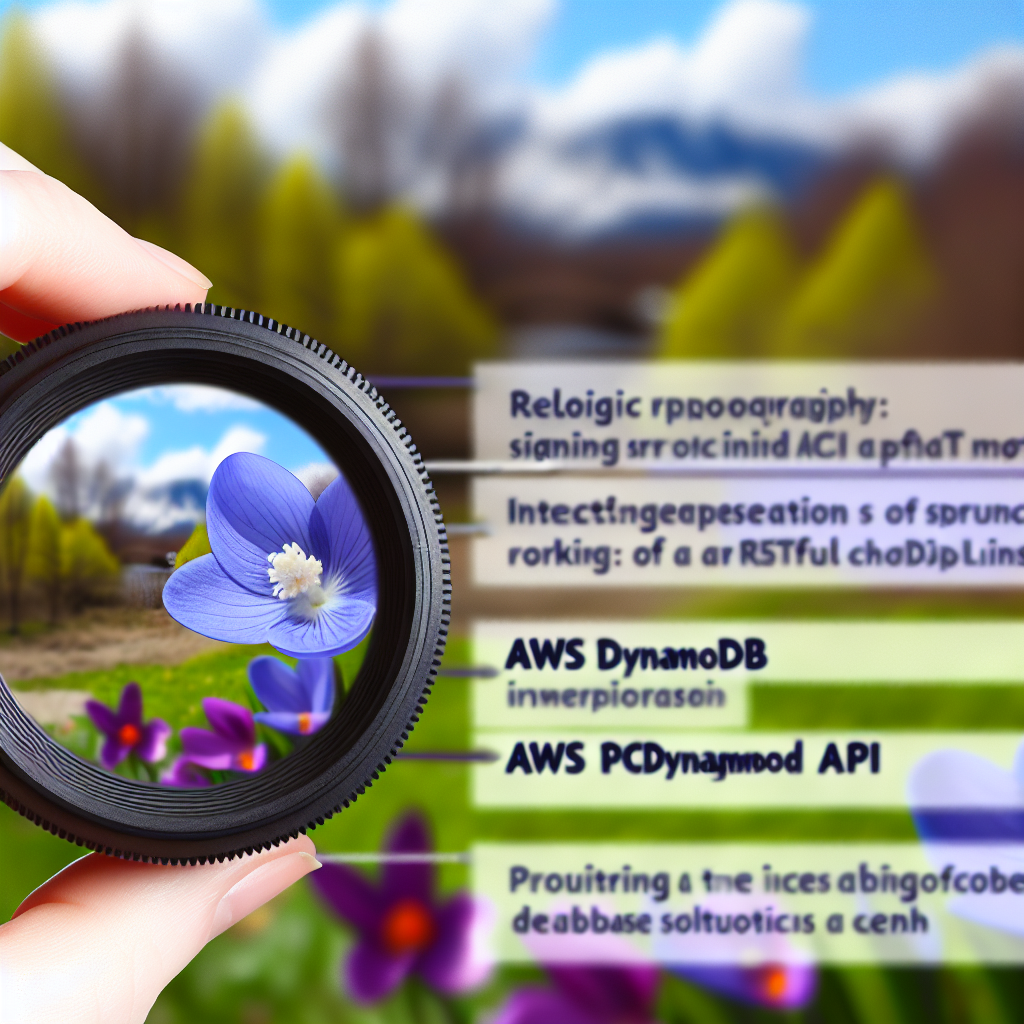Building a Spring Boot RESTful CRUD API that interacts with AWS DynamoDB provides a robust, scalable, and serverless way to manage data efficiently. Leveraging AWS DynamoDB’s high performance and integration capabilities, combined with the ease of development with Spring Boot, creates a powerful backend solution. This article explores how to develop such an API and utilize AWS DynamoDB Mapper for simplified data management.
Designing a Spring Boot RESTful CRUD API with AWS DynamoDB
Creating a RESTful API with Spring Boot that performs CRUD (Create, Read, Update, Delete) operations on AWS DynamoDB involves several key steps. First, you need to set up the AWS environment, including creating a DynamoDB table with an appropriate schema to store your data. Next, integrate AWS SDK into your Spring Boot application to facilitate communication with DynamoDB.
Spring Boot simplifies exposing REST endpoints using annotations such as @RestController and @RequestMapping. These endpoints act as the interface for clients to perform CRUD operations. For example, you can define methods for handling POST requests to create new items, GET requests to retrieve data, PUT requests to update existing records, and DELETE requests to remove items from DynamoDB.
A critical component of this architecture is the use of the AWS SDK for Java, specifically the DynamoDB client, which manages low-level interactions with the database. To streamline CRUD operations especially as data models grow complex, developers often utilize the AWS DynamoDB Mapper. This utility abstracts much of the boilerplate code involved in such interactions, making development faster and less error-prone.
Utilizing AWS DynamoDB Mapper for Simplified Data Management
The AWS DynamoDB Mapper is an Object-Relational Mapping (ORM) framework tailored for DynamoDB, enabling developers to work with domain objects directly, without manually dealing with low-level database operations. It uses Java annotations to map class fields to DynamoDB table attributes, simplifying data persistence and retrieval.
To harness DynamoDB Mapper, you annotate your data model classes with annotations such as @DynamoDBTable, @DynamoDBHashKey, and @DynamoDBAttribute. This setup aligns your Java objects with the DynamoDB schema seamlessly. When performing CRUD operations, the Mapper handles the translation between your objects and DynamoDB items, reducing boilerplate code and potential errors.
For instance, to save an object, you simply invoke dynamoDBMapper.save(object), and to retrieve, you call dynamoDBMapper.load(Class, key). Additionally, DynamoDB Mapper supports batch operations, conditional writes, and versioning, which are essential for building reliable and concurrent-safe applications.
By integrating DynamoDB Mapper into your Spring Boot application, you gain a clean, maintainable, and efficient approach to managing data. It promotes a more intuitive development process, leveraging Java’s object-oriented nature, and streamlines CRUD operations within your RESTful API.
Conclusion
Developing a Spring Boot RESTful CRUD API with AWS DynamoDB leverages the power of cloud scalability and developer-friendly frameworks. Using the AWS DynamoDB Mapper simplifies data interactions, allowing developers to focus on business logic while ensuring efficient, reliable database operations. This architecture is ideal for building modern, serverless applications with robust data management capabilities.
